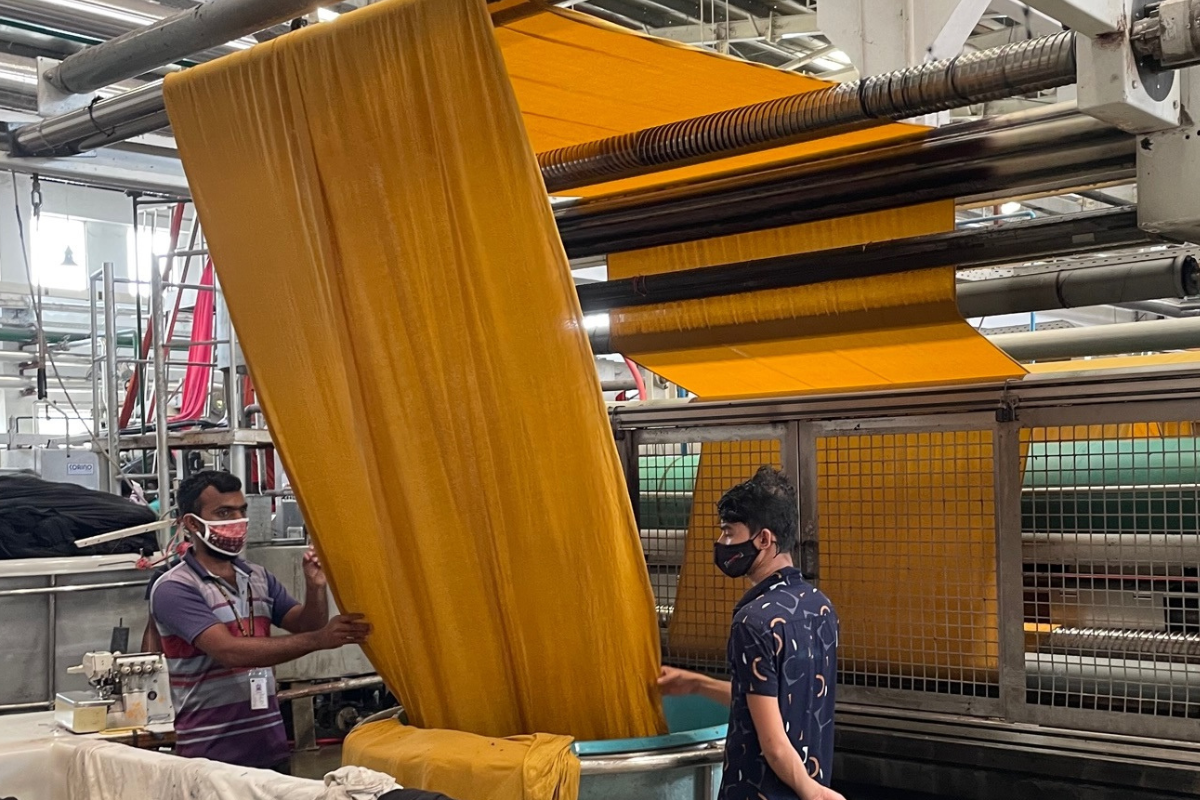
Footprints
One step towards reducing our ecological footprint is to be aware and transparent about causes in the manufacturing and operational process that affect our carbon dioxide (CO2) emissions. We report our emissions annually to the owner of Båstadgruppen, Storskogen, and to the STICA initiative.

Energy consumption:Textile production uses energy-intensive processes such as spinning, weaving, dyeing and finishing. Factories often use coal or natural gas to power these processes, which emit CO2 when burned.
Transportation:Textile companies transport goods between production sites, distribution centers and customers. Transporters often use fossil fuel-powered vehicles that emit CO2.
Chemical use: Many textile processes use chemicals and water. Wastewater treatment is energy intensive and causes CO2 emissions.

Half of the sales volume of our South West clothing brand is certified, a milestone we are proud of - and the figure is almost 80% for T-shirts.

Supply chain: Suppliers contribute to emissions through manufacturing processes, transportation and energy sources.
Facility operations: Factories and warehouses require heating, cooling and lighting which contribute to CO2 emissions.
Waste management:Improper waste disposal or handling practices can lead to another potent greenhouse gas, namely methane emissions.
